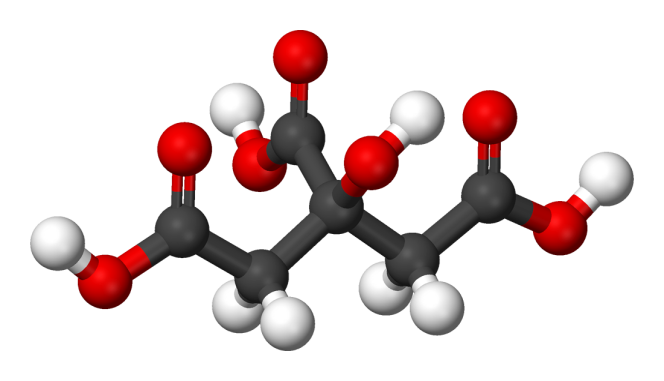
Citric acid is a weak organic tribasic acid and it occurs naturally in citrus fruits. Citric acid is an important intermediate in the Citric acid cycle, which is a series of chemical reactions used by all aerobic organisms to generate energy in biochemistry. Citric acid exists in greater amounts in a variety of fruits and vegetables, especially in citrus fruits. For example, lemons and limes have high concentrations of the acid and it can constitute as much as 8% of the dry weight of these fruits.
Scientists at Creative Proteomics utilize a highly quantitative method with high-performance liquid chromatography (HPLC) for the determination of Citric Acid levels in various samples, including Plant, Tissue, and more. High-Performance Liquid Chromatography (HPLC) using a differential refractive index detector (RID) for the determination of Citric acid levels in a lot of biological samples. This Methodology provides accurate, reliable, and reproducible results of Citric acid measurement, which enables us to analyze of Citric acid levels in vitro and in vivo.
Citrate is an important intermediate in the Citric acid cycle, which is a central metabolic pathway for animals, plants and bacteria to generate energy through the oxidation in the form of guanosine triphosphate. Citrate synthase can catalyzes the formation of citrate from oxaloacetate with acetyl CoA, and then citrate acid can act as the substrate for aconitase and is converted into aconitic acid. The Citric acid cycle ends accompanying with the regeneration of oxaloacetate. This series of chemical reactions is the source of two-thirds of the food-derived energy in higher organisms and Hans Adolf Krebs, who is a German-born Britishphysician and biochemist received the 1953 Nobel Prize in Physiology or Medicine for the discovery.
The Russian-Polish botanist M. Tswett is generally recognized as the first person to establish the principles of chromatography. In a paper he presented in 1906, Tswett described how he filled a glass tube with chalk powder (CaCO3) and, by allowing an ether solution of chlorophyll to flow through the chalk, separated the chlorophyll into layers of different colors. He called this technique “chromatography”. Fundamentally, chromatography is a technique used to separate the components contained in a sample. High Performance Liquid Chromatography (HPLC) is a method able to separate non-volatile, thermally unstable, and polar components separate or in a mixture. HPLC is a type of chromatography that, because of its wide application range and quantitative accuracy, is regarded as an indispensable analytical technique, particularly in the field of organic chemistry. It is also widely used as a preparation technique for the isolation and purification of target components contained in mixtures.
Citric acid Analysis Service at Creative Proteomics supports your research in Citric acid Analysis. HPLC Based Analysis Service Platform enable us at Creative Proteomics offers you a state-of-the-art Analysis Service.
Sample Type
Plant, Tissue, and more
Method
High-Performance Liquid Chromatography (HPLC) using a differential refractive index detector (RID) for the determination of Citric acid levels in a lot of biological samples. This Methodology provides accurate, reliable, and reproducible results of Citric acid measurement, which enables us to analyze of Citric acid levels in vitro and in vivo.
Send us your samples, you will get all information that you need!







